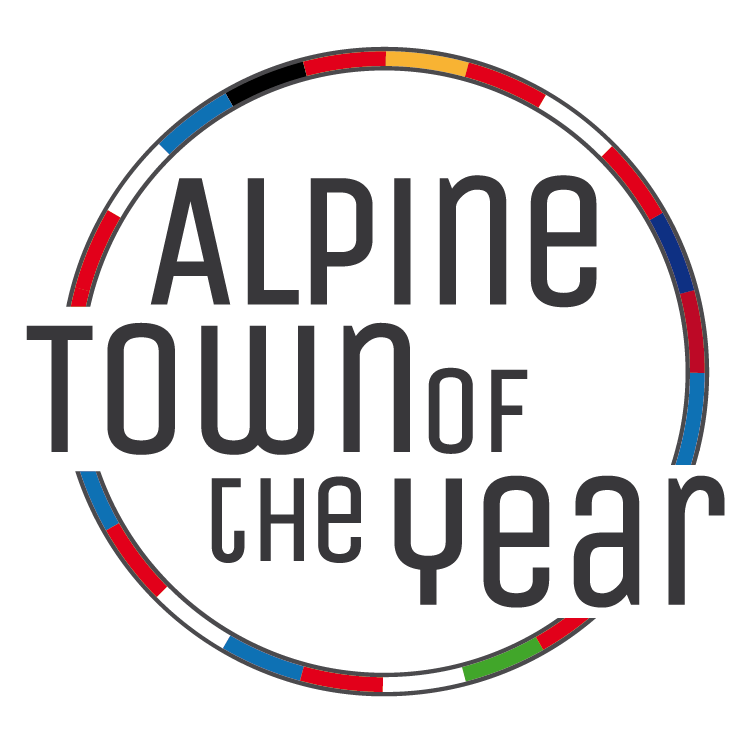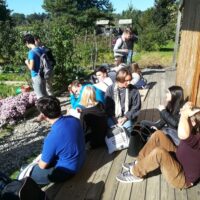Chamonix-Mont-Blanc / France
Alpine Town of the Year 2015
Facts & Figures
Inhabitants
Ski slopes-kilometers
Area in km²
Tourism is the economically most important pillar of the French city of Chamonix-Mont-Blanc. Five million holidaymakers visit the “capital of alpinism” every year. A project on “eco-tourism”, launched even before the Alpine Town of the Year, is therefore intended to sensitise the population, hosts and visitors to nature-compatible tourism.
In the longer term, Chamonix wants to create the necessary framework conditions for innovative and sustainable economic development, with particular emphasis on the protection of natural resources.
Chamonix was the first municipality in the French Alps to draw up a “territorial climate plan”. It aims to reduce CO2 emissions and energy consumption. Mobility is of particular importance in the climate plan. Since 2005, guests and locals have been using public transport in the city area free of charge. The railway line between Chamonix and Fayet-Vallorcine will be modernised in 2015 and will start operating every half hour.
Because a sustainable urban policy can only succeed if the vision and measures are supported by the population, Chamonix-Mont-Blanc is committed to participation. At the beginning of its reign as Alpine Town of the Year, the town invited environmental organisations, associations and representatives of civil society to a “future workshop” to explore the opportunities and possibilities for cooperation in 2015.
The jury said…
The following activities, among others, were decisive for the nomination of Chamonix: the 150th anniversary of the Golden Age of Mountaineering in 2015, during which several international events will be organised jointly with Zermatt and Grindelwald in Switzerland and Valtournenche and Courmayeur in Italy. Chamonix is also actively involved in a territorial climate-energy plan whose main objective is to reduce energy consumption and CO2 emissions. The fact that more than 90% of the municipal territory of Chamonix is designated as protected landscapes is also a vital factor. Chamonix further plans to make participatory use of the nature reserves by supporting scientific programmes, involving the local population and organising events for tourists.





